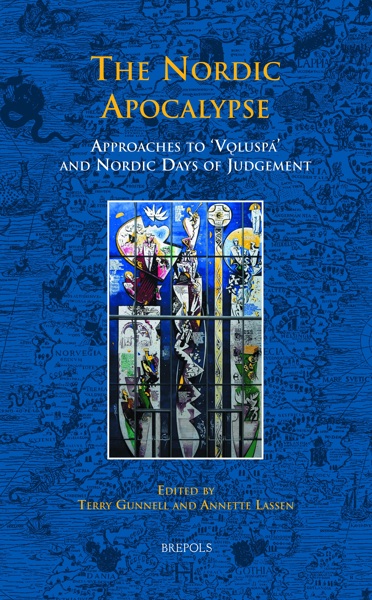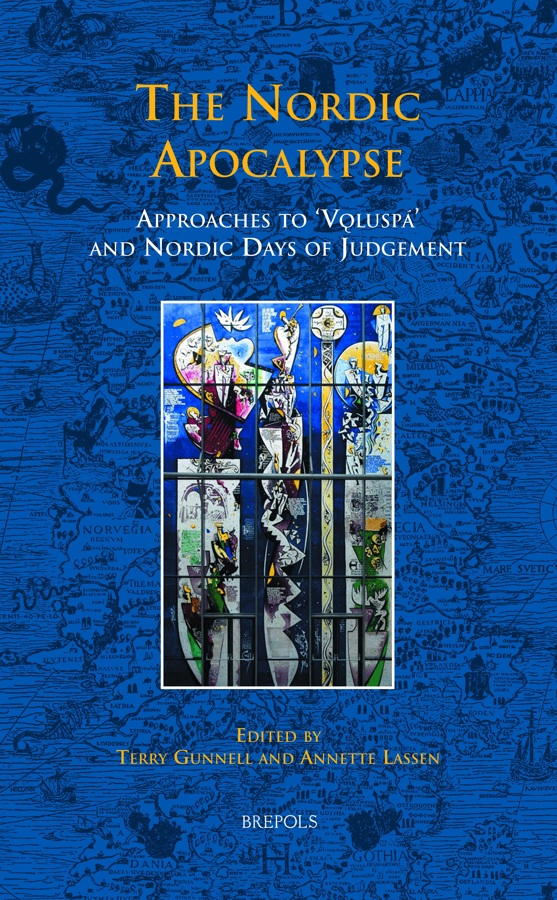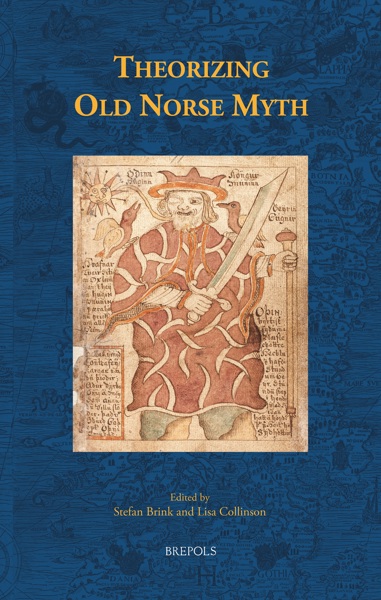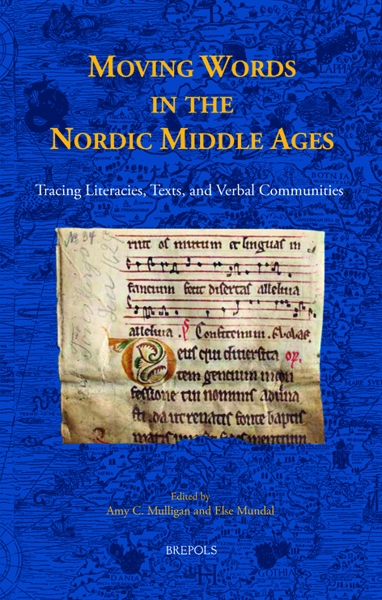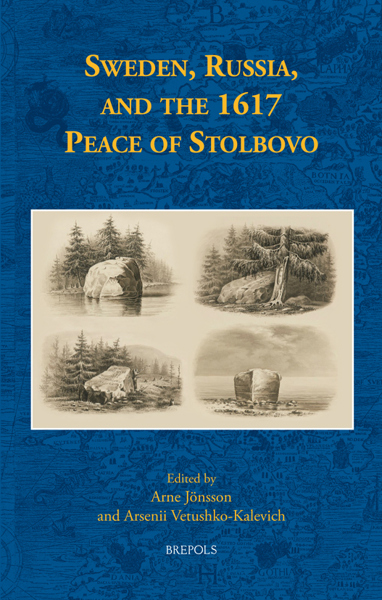
The Nordic Apocalypse
Approaches to Völuspá and Nordic Days of Judgement
Terry Gunnell, Annette Lassen (eds)
- Pages: xviii + 240 p.
- Size:156 x 234 mm
- Illustrations:9 b/w, 2 tables b/w.
- Language(s):English
- Publication Year:2013
- € 90,00 EXCL. VAT RETAIL PRICE
- ISBN: 978-2-503-54182-2
- Hardback
- Available
- € 90,00 EXCL. VAT RETAIL PRICE
- ISBN: 978-2-503-54199-0
- E-book
- Available
A series of articles on new approaches to the Old Norse poem Völuspá and its possible context within the apocalyptic tradition in Northern Europe in the early medieval period.
" (...) the scholarship in this volume is generally of a high standard, in the sense that the authors are masters of their source material and engage fully with relevant secondary literature (...)" (Christopher Abram, in: Speculum, 89/4, October 2014, p. 1144-1147)
"This is an excellent book. The essays all move away from an automatic acceptance of Völuspá as a pagan poem to a more nuanced view of the poem as a product of the Christian Middle Ages in Iceland. That they are able to do this with Völuspá, long considered the epitome of medieval pagan Scandinavian poetry, is no small accomplishment." (David Elton Gray, in: Journal of Folklore Research, review posted on February 11, 2015; http://www.jfr.indiana.edu/review.php?id=1785)
This book, with roots in a conference held in Iceland in May 2008, contains a series of articles reflecting modern approaches to the text, context, and performance of the Old Norse poem Völuspá, perhaps the best known and most discussed of all the Eddic poems. Rather than attempting to cover Eddic or Skaldic poetry as a genre, the main aim of this book is to present an overview of the ‘state of the art’ with regard to one particular Eddic poem. It focuses especially on the poem’s possible context within the apocalyptic tradition of Northern Europe in the early medieval period. The approaches of the articles range from placing the poem within the pre-Christian oral tradition to placing it within the written and liturgical context of Christianity. Two other chapters offer a possible context for the poem by examining the nature and background of the early medieval image of the Apocalypse known to have been on display in the Cathedral of Hólar in northern Iceland. While the approaches are focused on one specific poem, they are nonetheless applicable to many other Eddic works.
Introduction - Pétur Pétursson
Part I. The Reception of Voluspá
The Early Scholarly Reception of Voluspá from Snorri Sturluson to Árni Magnússon - Annette Lassen
Part II. Voluspá and The Pre-Christian World: The Oral Tradition
Voluspá and Time - Vésteinn Ólason
Voluspá as the Product of an Oral Tradition: What does that Entail? - Gísli Sigurðsson
Voluspá in Performance - Terry Gunnell
Wading Heavy Currents: Snorri’s Use of Voluspá - Henning Kure
Heathenism in Voluspá: A Preliminary Survey - John McKinnell
Part III. Voluspá and Christianity: The Written Tradition
The Background and Scope of Voluspá - Kees Samplonius
Voluspá and the Sibylline Oracles with a Focus on the ‘Myth of the Future’ - Gro Steinsland
Voluspá, the Tiburtine Sibyl, and the Apocalypse in the North - Karl G. Johansson
Manifest and Latent Biblical Themes in Voluspá - Pétur Pétursson
Part IV. The Hólar Judgement Day Images: The Visual Tradition
A View on the Preservation History of the Last Judgement Panels from Bjarnastaðahlíð, and some Speculation on the Medieval Cathedrals at Hólar - Guðrún Harðardóttir
A Nocturnal Wake at Hólar: The Judgement Day Panels as a Possible Explanation for a Miracle Legend? - Þóra Kristjánsdóttir
Index
